SYNOPSIS:
1971: Glamrock explodes all over the world and challanges the seriousness within the flowerpower generation by means of glitter and brutal music. Brian Slade, a young rockstar, inspires numerous teenage boys and girls to paint their nails and explore their own sexuality. In the end Slade destroys himself. Unable to escape the role he created for himself, he plots his own murder. When his fans discovers that the murder is a fake, his star falls and he is forgotten about. 1984: Arthur, a journalist working for a New York newspaper, gets assigned the story about the fake murder of Brian Slade. When Arthur was young and grew up in Manchester, he was more than a fan of Slade. Reluctantly he accepts the assignment and starts to investigate what happened his old glamrock hero.
REVIEW:
Velvet Goldmine (1998), This gem of a film stands among one of my favorite cult musical films of all time. It’s an early performance by Christian Bale (before he was a name) and most certainly a tribute to the David Bowie years…namely Ziggy Stardust.
Now as a Bowie fan, I was transfixed with the telling of this surreal but strikingly dead on piece of fiction inspired by the 70’s. I will say that the homosexual aspects were not for me, though that was only an “aspect” and not so much a focus of the film. This was a time when pop idols (such as during the Ziggy era) were so prevalent that society was turned upside down in emulation of their heroes. That emulation is exactly what happens to the character of Arthur Stuart (Christian Bale) who is assigned the reporter job of tracking down the whereabouts of one missing pop idol, Brian Slade.
We begin in the early days when the air was full of theatrics, wild times, drugs, experimentation and most of all the music of innovators. With a brilliant score and striking round of original music tracks, we are introduced to the ever popular Brian Slade who is in the midst of faking his own death. We find that this faking is a means to an end to the problem of too much, too soon. Though society won’t let their idols die so easily in which controversy becomes uncovered burying Slade under his own hype. Fallen from the limelight, Slade becomes a mystery of past fame.
Arthur, a former fan himself, takes on the news story bringing all the past and present into a haze of rocks star encounters and detective work. We fly back and forth between present and past in this telling of these early days. Curt Wild (Ewan McGregor) inspires Slade which in turn inspires a generation. This inspiration takes on the form of Slade who inspires his fans to dress provocatively, paint their nails, and experiment with their own limits of sexuality. Later, Curt Wild crosses paths with Arthur in his investigation (which begins to blur reality and fantasy). We begin to experience this journey, the journey that Arthur has brought upon himself.
The film begins with a child named Jack Fairy. Jack is symbolic of a future 70’s pop star (this segment becomes a piece of the puzzle that carries the narrative forward). While Jack is not the intended story, he is symbolic to the generation and of things to come.
However you perceive the pieces, the pieces pay tribute to rock icons David Bowie, and Iggy Pop. Whether thru intention or familiarity it certainly paints an interesting picture of the 70’s. One might say it is truly a film that is colorfully flamboyant. Those prearranged hype mobs, the bigger than life personas, the costumes, and of course the wonderful one of a kind music tapestry of appropriately arranged material. This was the music that exploded and took a life of its own. Hats off to director Todd Haynes for creating a truly realized dream of a film. While I tried to draw slight comparisons to films like “Breaking Glass“, Velvet Goldmine really is a standalone piece (Velvet Goldmine, in title, alone pays tribute to a Bowie song of the same name).
What really adds the tip of the iceberg here was not only a brilliant performance by all, but an outstanding soundtrack that used existing 70’s songs combined with original 70’s style songs. It was after seeing this film that I ran out to buy the bluray, the soundtrack, and a few Bowie albums to boot. I’ve never experienced anything quit like it and have since re-watched the film several times. Velvet Goldmine is a viewing vortex that sucks you back into the Glam rock era of rock and roll.
While inspiring future films such as “Hedwig and the Angry Inch”, I think it stands more as fictional Bowie-esque film drawing attention to an era long past. Actor Jonathan Rhys Meyers (who I’ve saved for last to mention) becomes Brian Slade in a remarkably transgressive psychedelic sense. It is not so much in pure performance as it is in his simple expressionism and on screen charisma.
The ending, which I’ve analyzed over and over, is a perfect resolve to the whole story presenting an altered version of the Eddie and the Cruisers ending. Velvet Goldmine stands as a perfect cult film offering flair, style, intrigue, and a firm helping of the fantastical. Long live Ziggy and his remarkable memorable persona!!
Fact inclusions for a film like this is a must.
Thanx to IMDB for these (which I’ve included below):
The film was originally titled “Glitter Kids.” In development, the original screenplay was titled “Glam!”
Much of the dialog comes from Oscar Wilde’s writings.
Osheen Jones, who plays Jack Fairy as a little boy, is the son of Howard Jones, British pop star of the 1980s.
The young man who says, “Mr. BBC,” is played by Wash Westmoreland, brother of Micko Westmoreland, who plays Jack Fairy.
When Brian first sees Mandy, he says “Do you jive?” That’s what David Bowie is supposed to have said when he first saw his first wife, Angela Bowie.
The David Bowie song “Velvet Goldmine,” though originally recorded for the “Hunky Dory” album, wasn’t officially released until 1975, being the b-side to the re-issue of the “Space Oddity” single.
The singer performing a lounge version of Roxy Music’s “Bitters End” is ‘Peter Bradley Jr’ from the band Subcircus, a last minute replacement for Roland Gift from the Fine Young Cannibals.
The name of Brian Slade’s rock persona, “Maxwell Demon,” and that of his band, “The Venus In Furs”, are references to two of the key artists in the original Glam Rock movement: Maxwell Demon was the name of a band in which Brian Eno performed in England in the mid 60s, and “Venus In Furs” is the name of a song by Lou Reed and The Velvet Underground. Songs by both artists are featured on the film’s soundtrack.
During the Festival sequence where Brian sees Curt perform for the first time, Ewan McGregor was only due to moon the disgruntled crowd. But inspired by the antics of Iggy Pop, he improvised, and ended up gesticulating wildly while flashing the audience, leaping about with his trousers around his ankles.
When Christian Bale and Ewan McGregor were filming their sex scene, the director cut without letting them know, so the two continued to simulate the act until they realized the trick that had been played on them.
Jonathan Rhys Meyers and Ewan McGregor sang their own songs in the movie. (Some of Rhys Meyers’s songs were overdubbed by Radiohead lead singer Thom Yorke.)
The film was originally supposed to feature some of David Bowie’s music, hence the title. However, when Bowie learned that the script for the film was partially based on the unauthorized biographies “Stardust: The David Bowie Story”, written by Henry Edwards and Tony Zanetta and “Backstage Passes” written by Bowie’s ex-wife Angela Bowie, he threatened the producers with a lawsuit. Hence, no Bowie songs were used, and the script was partially re-written to avoid unnecessary resemblance between Bowie and the Bowie-style character Brian Slade.
Todd Haynes originally wanted to cast British pop star Jarvis Cocker as Jack Fairy.
The Curt Wild character is mainly inspired by David Bowie’s relationship with two American 1960’s underground rockers whose careers Bowie resurrected, ‘Iggy Pop(I)’ and Lou Reed. Iggy Pop hailed from Michigan and shared Wild’s long blond locks, while Reed underwent shock therapy for bisexuality as a teen and was rumored to have had an affair with Bowie before their falling out after Bowie produced Reed’s album Transformer. Much central to the film is fictionalized such as the mythical, mysterious decade-long disappearance of “Slade”, although he reincarnated himself as Tommy Stone, a blonde with a white suit (the ‘thin white duke’). Bowie wasn’t as huge of a star as Slade is depicted here and never withdrew for so long from the public-eye as did the film’s character.
 Horror News | HNN Official Site | Horror Movies,Trailers, Reviews
Horror News | HNN Official Site | Horror Movies,Trailers, Reviews
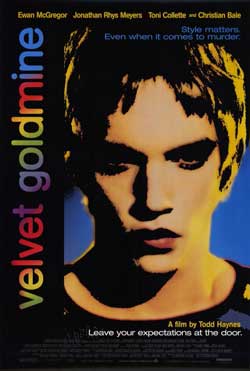

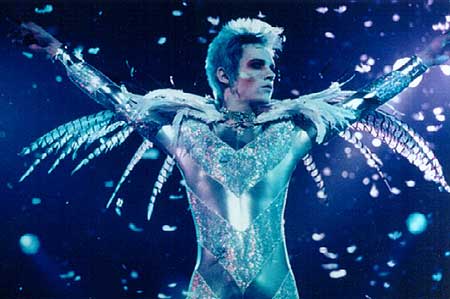
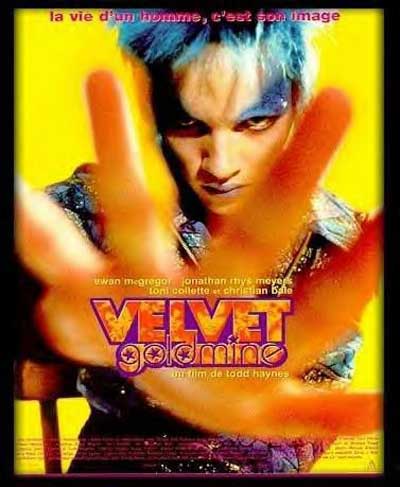
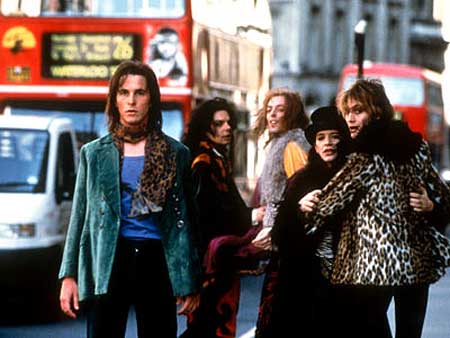
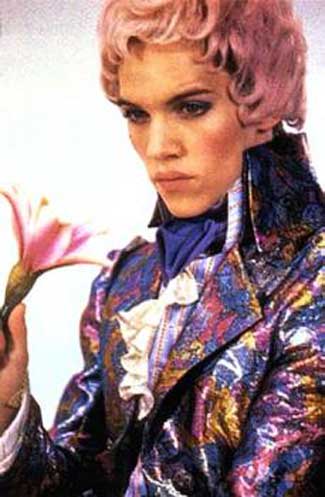
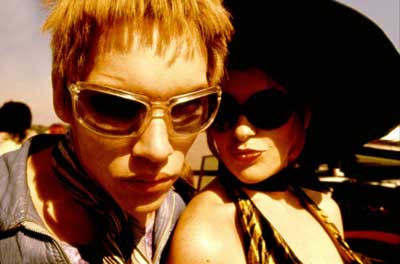
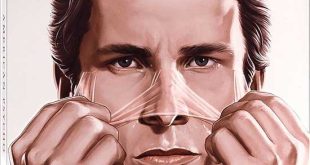
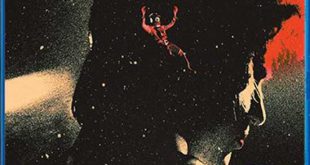

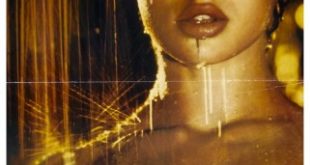
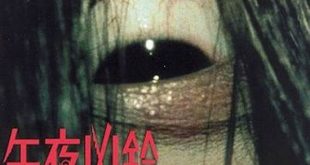

Loved your review! I thought it was spot on. Here it is 2015, and I’ve only just seen this film. You are correct that we, (Americans) would benefit from watching the film more than once. Plus, how can you not?!
What I can’t figure out is why the character of Curt Wilde get such a sad ending. Slade seemingly sends Wilde away when he can’t perform up to the “industry’s” expectations. Apparently it was a one time happening between Wilde and Stewart. Even when Stewart finds Wilde years later and waxes all romantic on Wilde, he still watches Wilde walk out the door.
Is there some significance in this character’s ill fated love affairs? He seemed like a straight up kinda guy. Made me sad for him.
Thoughts??